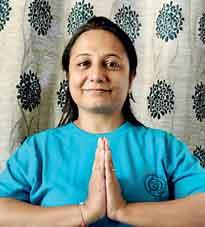 |
| Ami Kothari |
My podcast Wellness Curated, and this article bring to you a new eye-opener. Meditation is not something you have to “do,” it is something you can live.
Have you ever wanted to meditate but just couldn’t find the time? Maybe your schedule is packed, your mind is racing, and just when you finally settle down to focus, a notification, a phone call, or a sudden reminder pulls you right out of it. If that sounds familiar, you’re not alone.
But here’s the truth that changed everything for me: Meditation doesn’t have to be one more thing on your to-do list. It doesn’t need a mat, a mantra, or even a quiet corner. It can simply be the way you live. I want to shift your perspective, from seeing meditation as something that only happens in stillness, on a yoga mat, tucked away in a quiet corner, to something far more fluid and alive. What if meditation could happen anywhere? It is not about escaping your daily routine. Instead, it is involved in the way you breathe, your movements and the presence of your mind.
At the heart of every meditation is one simple, powerful tool, the breath. It’s your built-in anchor, always there to ground you wherever you are.

How to come around to practicing this form of Meditation?
I was in a conversation with Yirser Ra Hotep, the master of Kemetic Meditation, and he said that meditation is not something that we need to achieve, it is something we can live. He added, “If I am washing the dishes, I am meditating.” indicating how it is a part of our everyday life. His point was simple but important: the key lies in presence. Whether you’re folding laundry, walking, or just breathing, these everyday moments can become micro-meditations. Short, mindful pauses incorporated into your day can be just as transformative as sitting in silence. Especially when your schedule feels too full, this way of being allows meditation to meet you right where you are. Research also shows that individuals who practiced informal, everyday mindfulness, not just formal seated meditation, showed improved emotional regulation, cognitive flexibility, and lower levels of stress.
 |
| Yirser Ra Hotep |
Coming Back to Your Breath
At the heart of every meditation is one simple, powerful tool, the breath. It’s your built-in anchor, always there to ground you wherever you are. Whether you’re stuck in traffic or moments away from a big meeting, just a few deep inhales and slow exhales can calm your nerves and reset your mind. This is meditation in motion. Ra Hotep explains that in Kemetic tradition, the aim is to embody ma’at, a state of balance, harmony, and order. And to do that, you don’t need a perfect pose or hours of silence. You need three things: awareness, breath, and presence.
Reminder: There is No concept of success in Meditation
“You cannot judge yourself. Did I meditate well? Did I meditate properly? If you take the time to try to meditate, that’s what the key is,” says Ra Hotep. And that’s where most of us get it wrong. We turn meditation into a performance, something to grade, compare, or perfect. But the real shift happens the moment we show up. Even on the messiest days, your effort matters. The effect may be subtle, invisible even, but it’s already happening. The only thing to let go of... is the idea that it needs to look a certain way.
From a Practice to a Way of Being
With time, the simple acts you’ve been consciously engaging in begin to shape your second nature. Ami Kothari, senior yoga teacher at Kaivalyadhama Yoga Institute, puts it this way: “In routine life, a person is always doing some work or the other during each and every moment, and if a person’s maan (mind) remains present in every work they do and have sakshi bhav (witness consciousness) of everything they do, then that becomes meditation in itself.” Eventually, meditation stops being something you do, and starts becoming who you are. This is the quiet power of living meditatively. It simply begins to flow through your day. Kemetic meditation reminds us that when our breath, body, and actions are aligned with intention, we are already meditating. It encourages us to live with shechem, life energy moving freely through us, and to see every conscious act as a sacred one.
So, the next time you return to your breath in the middle of a hectic day, pause the self-judgment, or find calm in a simple movement, know this: You’re not just practicing meditation, you’re living an ancient truth.
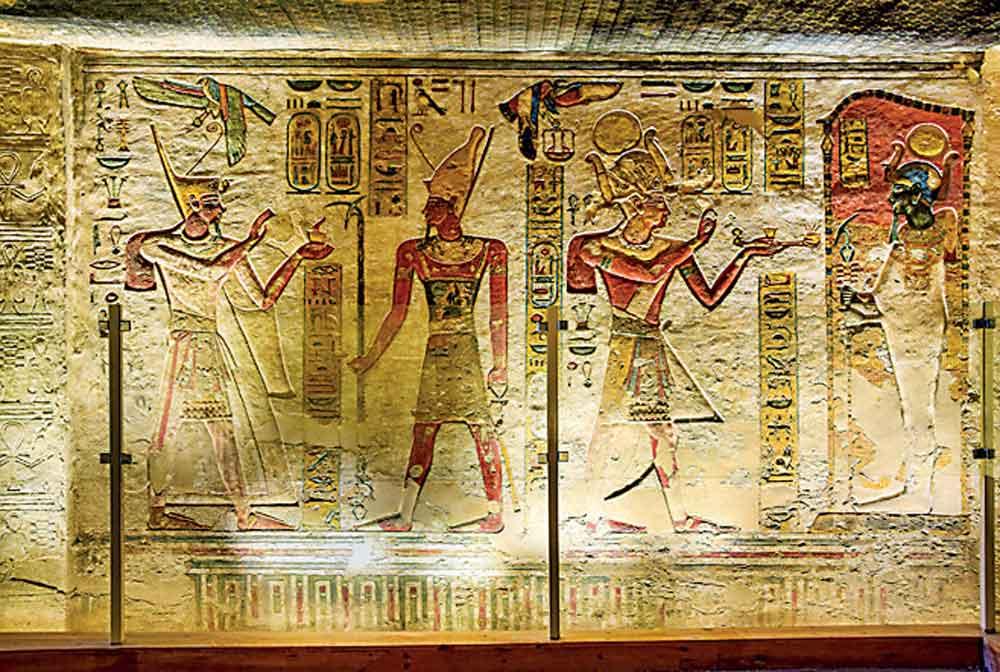
Kemetic Tradition
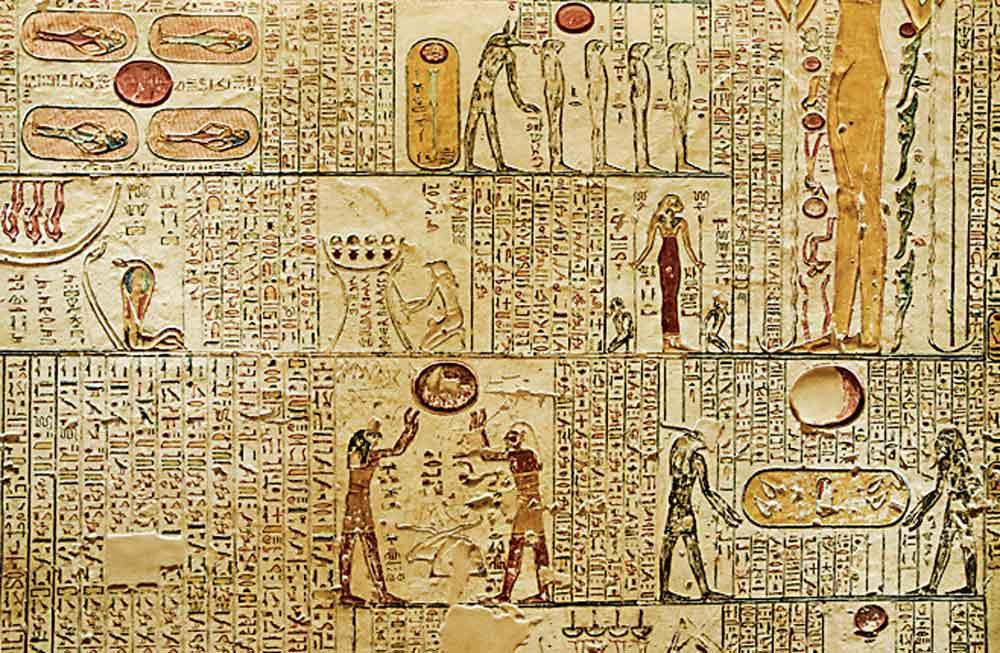
Hieroglyphs
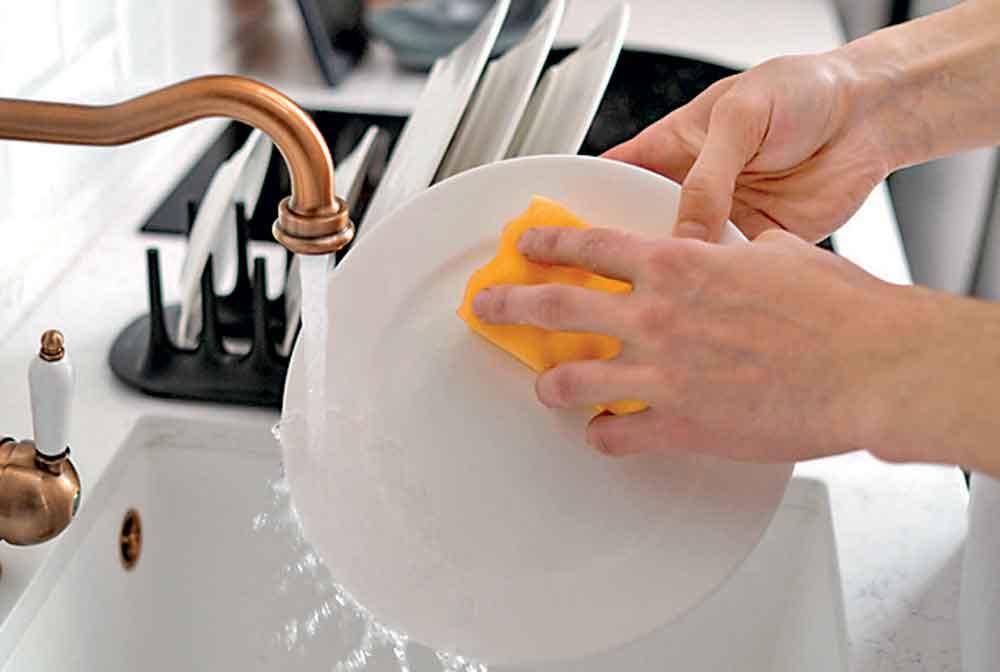
Daily chores
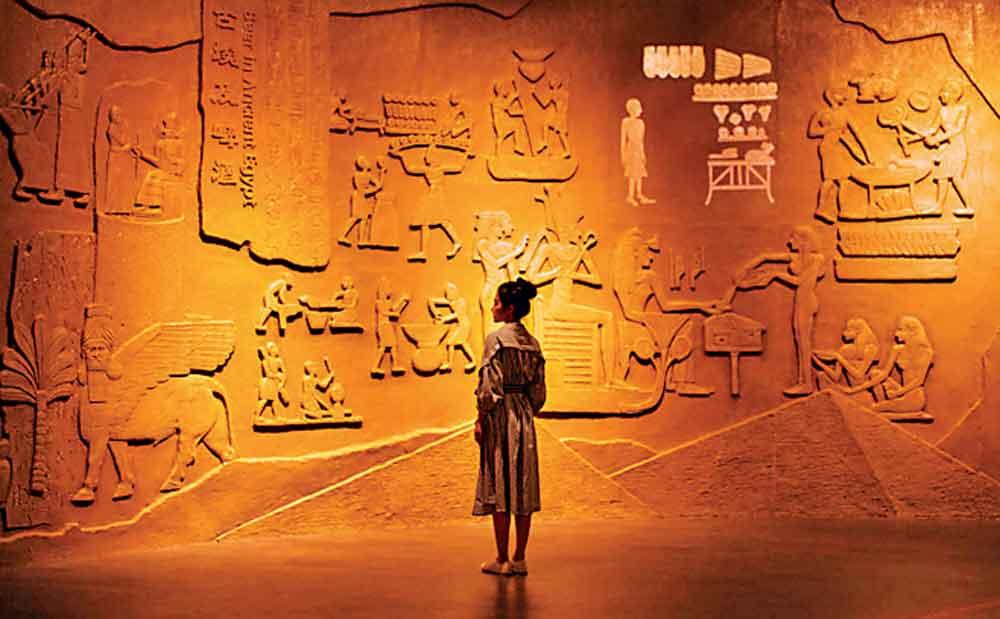
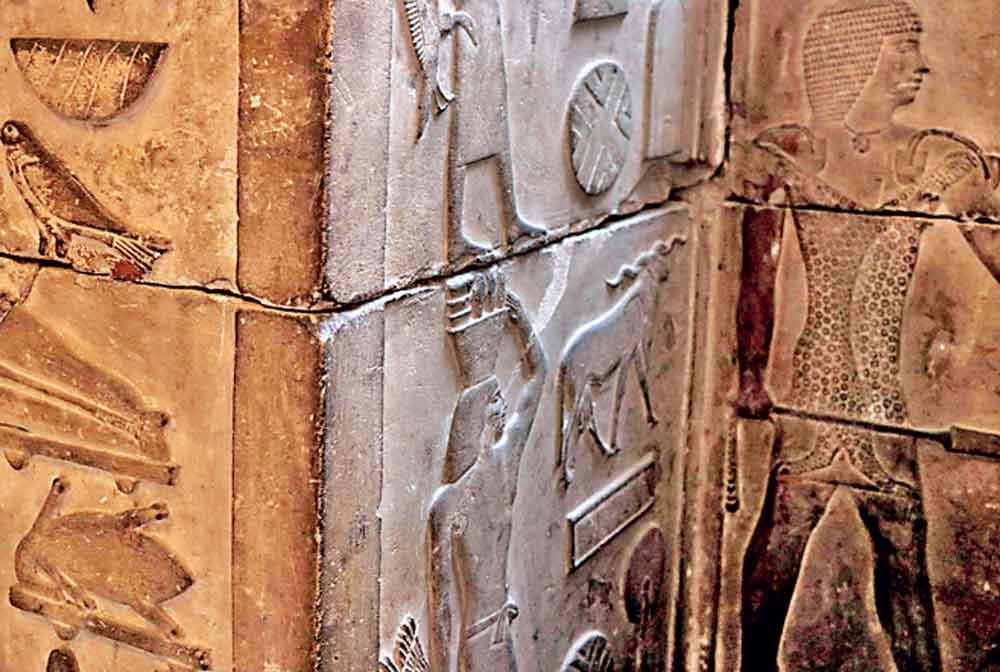
Egyptian Kemet











